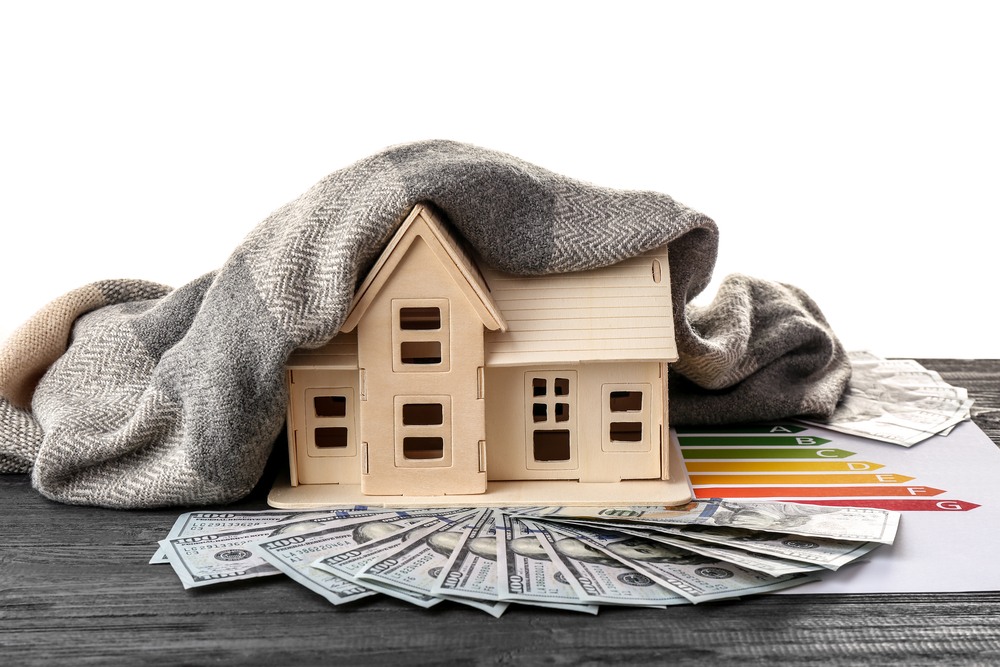 Stay Warm Without Turning Up the Heat
Stay Warm Without Turning Up the Heat
Once the temperature outside starts getting cold, keeping your home warm can get very expensive. On average, the costs of heating and cooling a home accounts for over half of a homeowner’s total utility bills. Of course, you want to stay warm and comfortable in your own home, but keeping the thermostat up nice and high costs a pretty penny and constantly wrapping yourself up in blankets at home can be annoying. So, what can you do to stay warm without relying on your furnace so much?
Check for Drafts
Drafts along windows and doors are a major source of heat loss in homes. If your heating bills are higher than you’d like them to be, spending a few minutes checking all your windows and exterior doors for drafts could be extremely worthwhile. Make sure all your doors and windows have weatherstripping on them and that there aren’t any gaps in the caulking around them. It’s very common for caulk to become brittle and fall out of place as it ages, so it’s entirely possible that your caulk might need a little touching up. Although windows and doors are some of the most common places drafts form, they can occur anyplace where openings have been cut into walls, such as around electrical outlets and areas where cables are being run into the house, so don’t forget to check them, too.
Change the Direction of Your Ceiling Fans
Many homeowners think their ceiling fans are only being useful during the hot summer months, but they’re actually extremely helpful all year long. When winter arrives, change the direction of the blade rotation so that they turn clockwise. When fans turn counterclockwise, they help cool air circulate throughout the room. But since heat rises, setting the fan to turn clockwise will help push that warm air down where you can feel it.
Turn Up Your Humidifier
If you have a humidifier in your home, winter is the best time of year to use it. Air has an easier time holding onto heat when humidity levels are higher, so by using your humidifier, you’ll be able to feel more comfortable even with the thermostat set a few degrees cooler. Since furnaces tend to make air very dry, running a humidifier will also help eliminate problems like dry skin and annoying static cling.
Make the Most of Your Windows
Although drafts along windows are a common source of heat loss, your windows can be very helpful in keeping your home nice and warm. The days may be shorter during the winter, but make the most of the daylight we do get and keep your curtains open during the day to let the heat from the sun help heat your home. But once the sun sets for the day, closing your curtains will help keep drafts out and heat in. Make sure you have curtains made of a thick, heavy material on your windows for best results. However, if your windows are old and worn, you may want consider replacing them with a more energy efficient option like vinyl replacement windows.
Add Insulation
The older your home is, the more likely it is that your home could benefit from some added insulation. Not only will this help your home stay warm in the winter, it will help your house stay cool in the summer, providing you with year-round energy savings.





